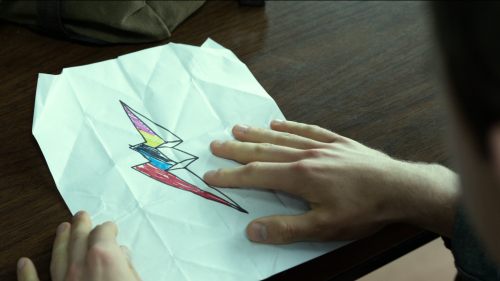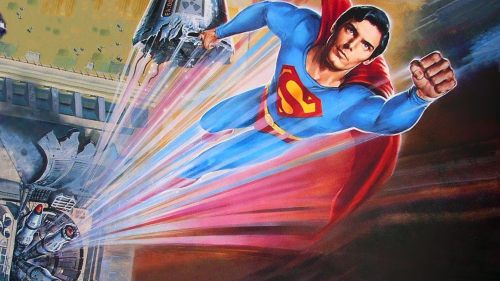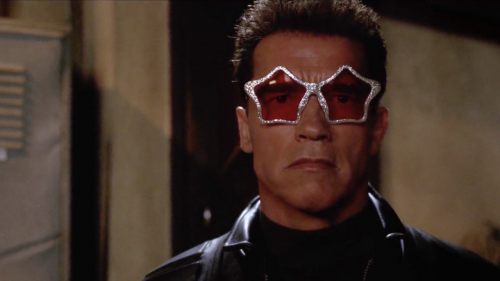Say Something Nice: THE STEPFORD WIVES (2004)
A delicate line is drawn when directors attempt to create a remake. Exploring a fresh take on a beloved classic is no easy task and usually arouses skepticism amongst fans. Yet artists are continuously stepping up to take a swing at horror remakes. Some are successful, such as Andy Muscietti’s IT while others strike out. I’m looking at you, Psycho and Carrie.
Adaptation is a pivotal factor in successfully resurrecting a beloved horror film. As culture and technology evolve, so do stories. A straight-up remake is never entirely what cinephiles are searching for, which makes the adaptation element key. Successful adaptations such as John Carpenter’s The Thing and David Cronenberg’s The Fly are so well-received because this balance of keeping original themes while morphing elements to modify the storyline cultivate the nostalgia factor. Appeasing both literary and cinematic mediums has been well-executed in Stuart Rosenberg’s The Amityville Horror and Jonathan Demme’s The Silence of the Lambs because the tone, storyline, themes, and characters all amalgamate to produce enthralling new blood to a classic.
Now, what makes a bad horror film remake? Literally disregarding everything the original presents barring a couple elements. Case in point: Frank Oz’s 2004 robot disaster from hell, The Stepford Wives. Yes, that Frank Oz. The puppeteer who voiced some of our childhood friends from Sesame Street. His director filmography includes What About Bob? and Little Shop of Horrors -- both films that I personally adore. But Oz, bless his heart, does not translate into horror.
Author Ira Levin intended for his book, The Stepford Wives, to be a story of horror and satire. Adapted to film in the ‘70s during the height of the feminist movement, men are the antagonists who prey upon their wives, transforming them into submissive robots meant to merely please and pleasure their husbands. This idea of the male fantasy and suppressive, unconsentual power dynamics stripping away women’s identity and purpose are horrific to the core. Bryan Forbes understood this when he adapted the book to film in 1975. Protagonist Joanna Eberhert is a housewife, yes, but she is a fighter. An artistic soul, she never compromises her identity when her husband uproots her family to the quiet and creepy suburbs of Connecticut. Her opposition to conformity is revered while she frantically tries to escape her husband and the men in their community once she finds out their nefarious plans.
While this formidable feminine backbone is attempted in Oz’s remake, it fails because just as the men eroded their wives’ identity, Oz erodes the horror elements by instead delivering a convoluted, campy comedy. Despite derailing the themes and satirical fear, the redeeming element comes from costume designer Ann Roth. Having worked on such films as The Talented Mr. Ripley and The English Patient, Roth is well-versed in storytelling through design. The costume choices she utilizes directly represent the characters wearing them while enhancing the archetypal male fantasy and ego threaded throughout the film.
Joanna (Nicole Kidman) is a top executive for a TV network who produces shows that flip the script on gender roles while objectifying and emasculating men. Following a PR fiasco, the network fires her and she quickly descends into a mental breakdown which propels her husband (Matthew Broderick) to uproot their family to the suburbs of Stepford, Connecticut. Donning short hair, dark clothing and limited makeup, Roth portrays Joanna as ambitious and interested in larger matters than beauty products, which starkly contrasts the domestic wives of Stepford who seem to be more concerned with cleaning their homes than intellectual stimulation beyond buying the most fragrant bottle of Pine-Sol. Joanna willingly conforms to the Stepford lifestyle after her husband asks her to change not only her attitude but her comfortable black wardrobe as well because she is that open to compromise in her relationship.
Each Stepford wife is dressed to the nines in flawless makeup, hair cemented in place, and dresses that would make any pinup model jealous. Bright, hourglass floral and gingham dresses and halters are almost cartoon-like in their perfection, which is exactly what Roth intends. Their appearance epitomizes the male pipedream of a docile, servant housewife from the fifties which allows the men to continue the control over their once independent and successful partners. In an interview with Spokesman Magazine, Roth explains, “The clothes should be what men fantasize about for their good little corporate wives. There should be nothing hip, nothing edgy. The women should — in their own dopey way — look like paper dolls. They should look simplistic. They should be larger than life, meaning that they’re perfect in a not real way”.
Roth avoids utilizing recognizable brands and designer looks except for Joanna’s gay best friend, Roger (Robert Bart), whose wardrobe consists of Gucci, Dolce & Gabbana, and Versace. The Stepford transformation for Roger is one of sophisticated style that his partner has been craving instead of his preferred eccentric and colorfully loud outfits.There's nothing edgy, bold, or hell -- even comfortable -- about the Stepford wardrobes which further supports the unrealistic expectations of how a flawlessly submissive partner should look and act. The corsets they are forced to wear, symbolically and scornfully laced up tightly by their husbands, represent this new constricted life which ultimately enslaves the once powerful women of Stepford.
Despite an Academy Award, Tony Award, and Bafta under her belt, Roth does not identify as a fashionista. Instead, she uses costume design as a vehicle for the actors to develop their characters. Her method really delivers in this film because the costumes become characters in and of themselves while conveying the storyline visually. Her inspiration varies from television commercials of the ‘50s to traveling across Italy attending an exercise class led by a woman in gold high heels, which inspires her to translate the gym scene on screen with the wives doing aerobics in heels, dresses, and using cleaning motions for cardio.
I’ll spare you the details of how atrocious the story is, how far it digresses from the source, and the plethora of plot holes that make no sense to the narrative. Honestly, my word count doesn’t support all of the failures and missed opportunities this film offers. Its ambition is ridiculously labyrinthine, but where Oz fails to emphasize the themes of Levin’s original tale, Roth triumphs. There’s a reason “Stepford Wife” has become a household term in our culture (pun intended). To truly understand why, I would steer clear of the remake and instead watch the original. Sometimes, improvements aren’t always necessary whether that be for romantic partners or for a film.



